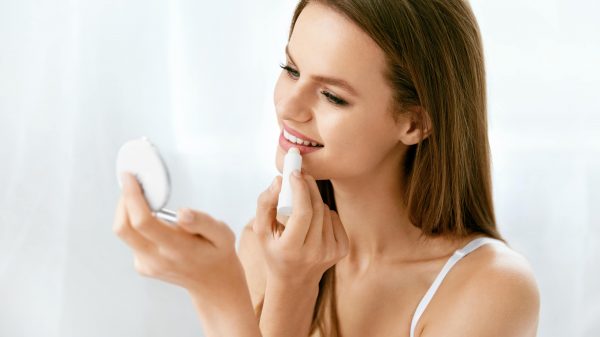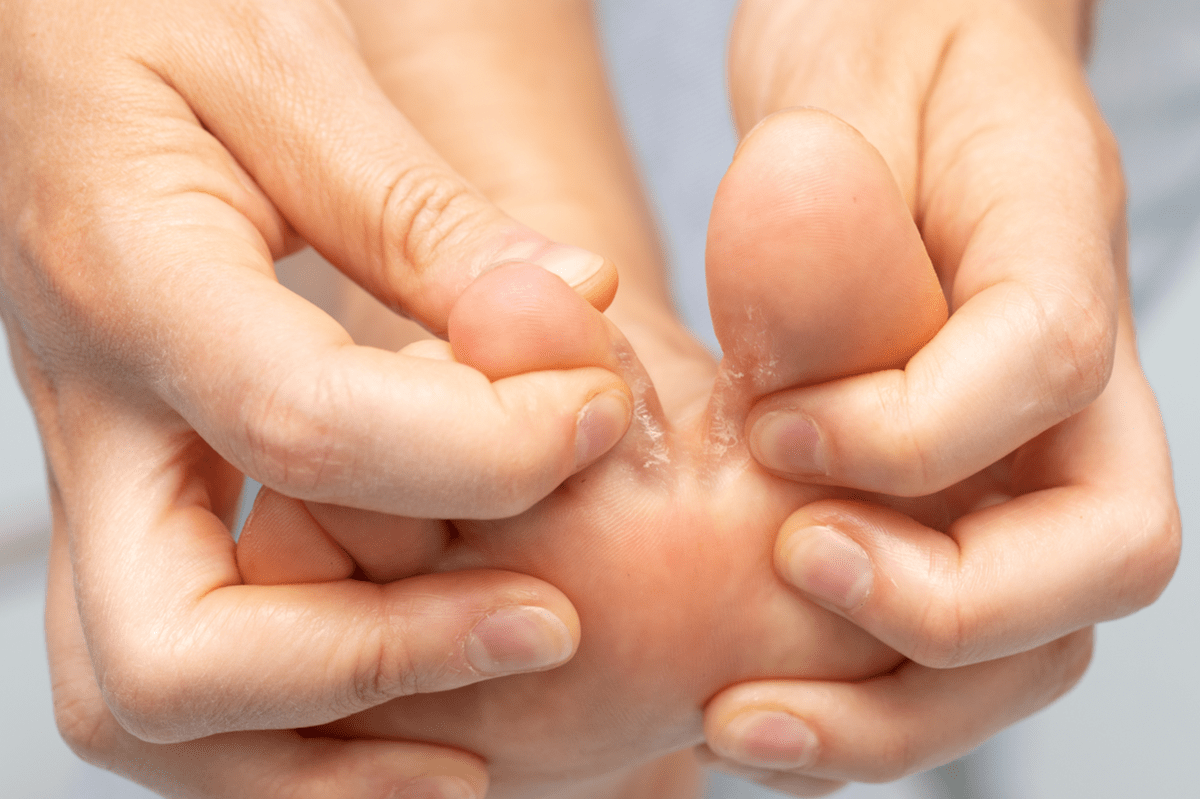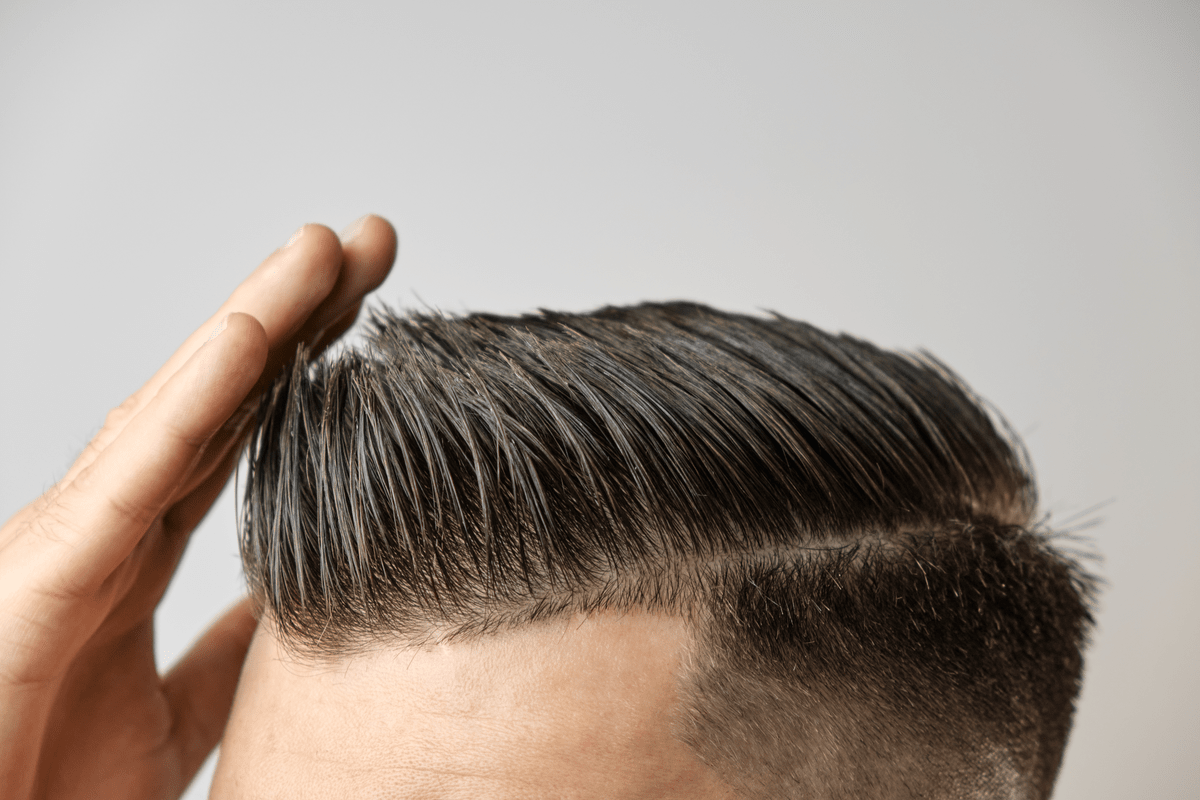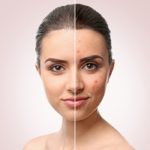There are four types of hair based on the curl pattern of hair. The number of curls depends on the shape of hair follicles. Four basic types of hair are:
- Wavy hair
- Curly hair
- Straight hair
- Coily hair
How will you determine Your Hair Type?
1. Straight Hair
From the base till the toots, your hair is flat, then that means you possess straight hair. No curls are present, with a smooth and silky texture. Excess oil secretion is often found in straight hair type. Straight hair is further subdivided into:
Straight hair type 1
This hair type consists of smooth, soft and shiny hair. Even though many people dream of this type of hair, it has no volume.
Straight hair type 2
Unlike 1, this hair has more volume and is bouncier.
Straight hair type 3
Possess thick, straight and coarse hair.
Take care of your straight hair
Straight hair is more liable to become oily and flat. So butter and heavy serums should not be applied. Too much washing of hair also causes excess production of oil in the scalp. People with straight hair should use dry shampoos and texture sprays for the best treatment of their hair.
2. Wavy Hair
Wavy hair is neither curly nor straight, but somewhere in between. Even still, it is not entirely curly. Wavy hair is further subdivided into:
- Wavy hair type 1 – hair that is thin and wavy
- Wavy hair type 2 – Medium thickness wavy hair
- Wavy hair type 3 – Thick and wavy hair
Taking care of your Wavy Hair
Type 1
From the roots to eye levels, the hair is mainly straight. No loose waves are found from eye level to ends. It is better to specify them rather than straighten the waves. For the hair, use hair-care products like gels and creams.
Type 2
Starting from the eye levels to the ends, the hair is curly. For balayage treatment, highlight the hair and dye from those points when an ‘S’ pattern is observed. Balayage is dying of hair with free-hand highlights technique.
Type 3
In this type, the crown of the head shows prominent ‘S’ shaped curls. Type 3 hair is quite rough. While blow-drying, a diffuser should be used in order to protect against extra frizzy hair from the heat.
3. Curly Hair
Observes whether you have an ‘S’ shape hair or not. Curly hair has ‘S’ shapes in their locks despite straightening them or trying to. This hair type is very fuzzy and tangles easily. It is further subdivided into:
- Curly hair type 1 – consist of loose curls
- Curly hair type 2 – consist of medium curls
- Curly hair type 3 – consist of tight curls
Taking care of your Curly Hair
Type 1
This hair type consists of ‘S’ shaped curls and also loose loops. Avoid brushing the hair too roughly so the texture of the hair is not compromised. A loose ponytail best works for this type of hair.
Type 2
These curls have more volume as compared to type 1 and have insufficient moisture. Various moisturizing components should be used for the hair-like aloe vera, shea butter etc. Do not use silicones and sulfates since they leach off all the moisture.
Type 3
Curls of this type are very tight and curly. As this hair type breaks easily, use a leave-in conditioner to easily untangle hairs.
4. Coily Hair
‘Z’ shape is seen in coily hairs. It breaks easily and may look coarse and fuzzy. The curls in these are extremely tight. It is further subdivided into:
- Coily hair type 1 –Hair type is soft.
- Coily hair type 1 –Hair is wiry.
- Coily hair type 4 –hair is very wiry.
Taking care of your Coily Hair
Type 1
This hair type is sensitive and needs extra miniaturization to stay healthy. Alongside oils, also use creams, deep conditioners and butter. Do not braid too tightly.
Type 2
Type 2 hair has many tangles and zig-zag patterns. On damp hair, employ a leave-in conditioner and separate out the hair into sections so it can be combed easily. This will make sure that sufficient moisture is added to the hair for its proper care. Your coils can be made stable using gel or curling cream.
Type 3
This hair type is usually very tight and has flexible curls. Keep the hair strands totally moisturized with deep conditioners, oils and shea buttercreams. Do not brush the hair too roughly.
Conclusion
Hair types depend on the hair curls. The common hair types present are straight, curly, wavy and coily hair with their further subtypes. More amount of miniaturization is required for more curls to present. For your hair type, specify the products and hairstyles considered best for your hair.
















